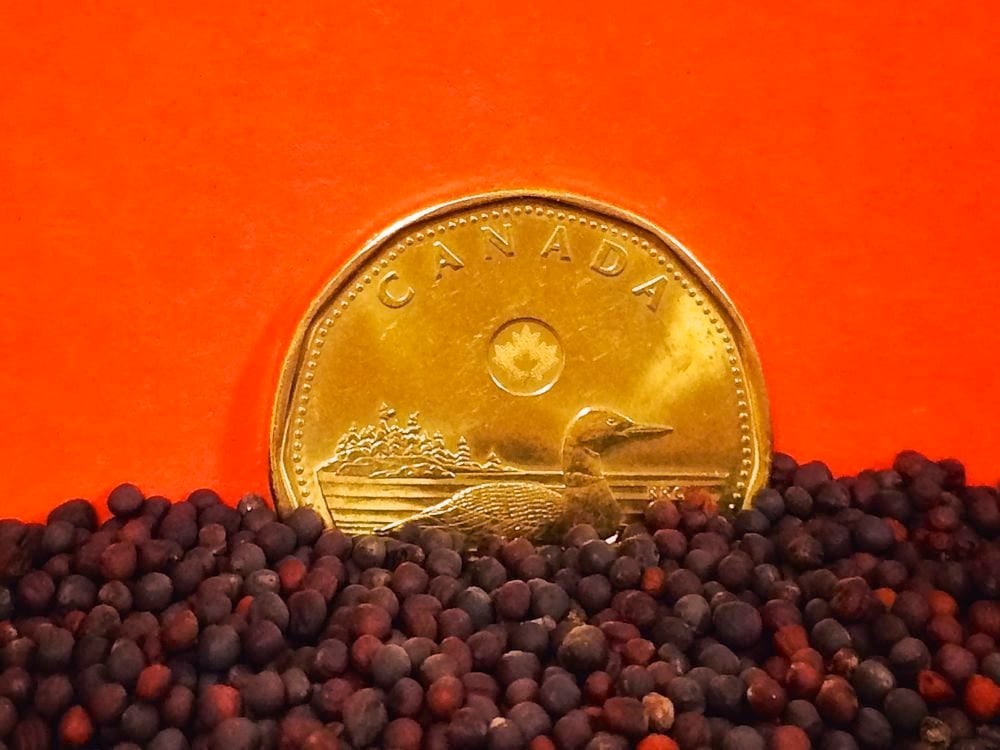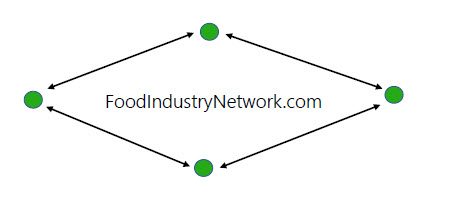Manitoba Ag Days: Loonie above 70 cents? Not anytime soon, says Farm Credit Canada

Glacier FarmMedia—On Jan. 8, a Bank of America analyst said the U.S. dollar had “reached a historically extreme value.”
That analysis didn’t rattle investors or confidence in the dollar. From Jan. 9-13, the U.S. dollar jumped in value when compared to a basket of global currencies.
The might of the dollar over the last three and a half months largely explains why the loonie sank below US70 cents in the first weeks of 2025.
“There is some weakness to the Canadian dollar, yes. But a lot of the impact that we see in the Canadian-U.S. exchange rate is due to U.S. dollar strength,” said Graeme Crosbie, senior economist with Farm Credit Canada.
Read Also

Brazilian soy shipments to China from five firms halted, sources say
China, the world’s biggest soybean buyer, has stopped receiving Brazilian soybean shipments from five entities after cargoes did not meet phytosanitary requirements, two sources with direct knowledge of the matter told Reuters on Wednesday.
Crosbie shared his thoughts on the dollar, the loonie and other economic measuring sticks in 2025 while speaking at Manitoba Ag Days in Brandon Jan. 21.
During his speech, Crosbie mentioned the Bank of America comments about the U.S. dollar.
“The U.S. dollar appears overvalued by 18.5 per cent, the most in the last 30 years except when it was overvalued by 19 per cent during the energy shocks from the war in Ukraine in 2022,” said Athanasios Vamvakidis of Bank of America.
From Oct. 1 to early January, the U.S. Dollar Index climbed by a staggering nine per cent. The index compares the U.S. dollar to the exchange rates of six currencies, including the euro, the pound and the loonie.
The dollar may be in the stratosphere, but few experts are predicting that it will weaken anytime soon. That includes economists with FCC.
“We do see that strength in the U.S. dollar, continuing,” Crosbie said.
“It’s hard to make a case for the loonie breaking that 70 cent mark for a long time, in the year ahead.”
It isn’t much consolation for Canadians, but the loonie has held its own against most other currencies.
Crosbie showed a chart at Manitoba Ag Days comparing the loonie to the euro, the Mexican peso and the yen.
Over the last two years, the Canadian dollar is down two percent to the euro and it’s unchanged against the peso.
“We’ve appreciated 14 per cent against the yen,” Crosbie said.
Some forecasts suggest the loonie will gain ground against the U.S. dollar in the second half of 2025.
That’s possible, but some of U.S. president Donald Trump’s actions could be inflationary. Tariffs normally cause inflation, and the U.S. Federal Reserve may pause future interest rate cuts, to keep a lid on inflation.
Should that happen, the gap between prime rates in Canada and the U.S. could widen, putting more pressure on the loonie.
Check out all our coverage of Manitoba Ag Days 2025 here.
Source: Farmtario.com

